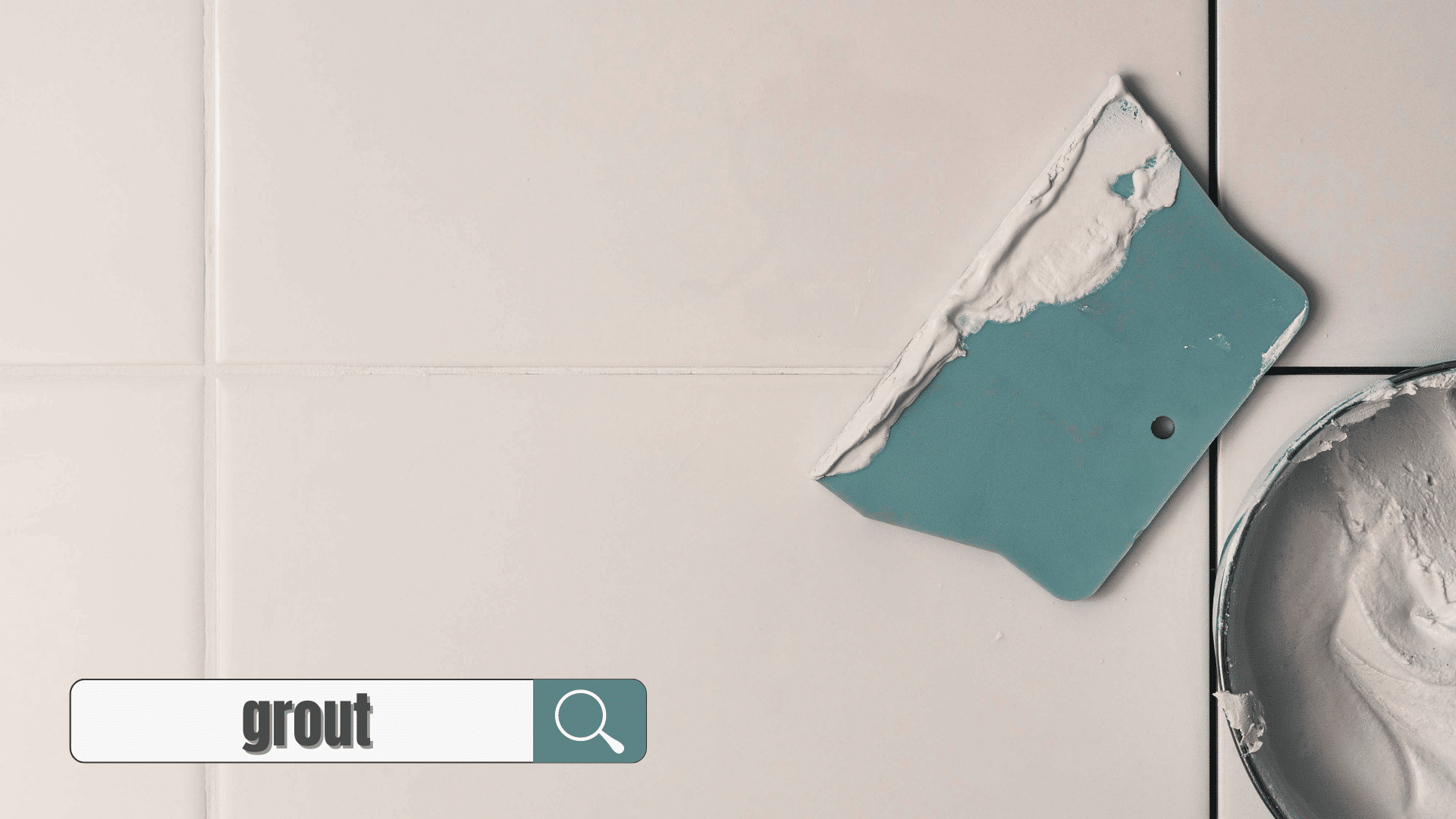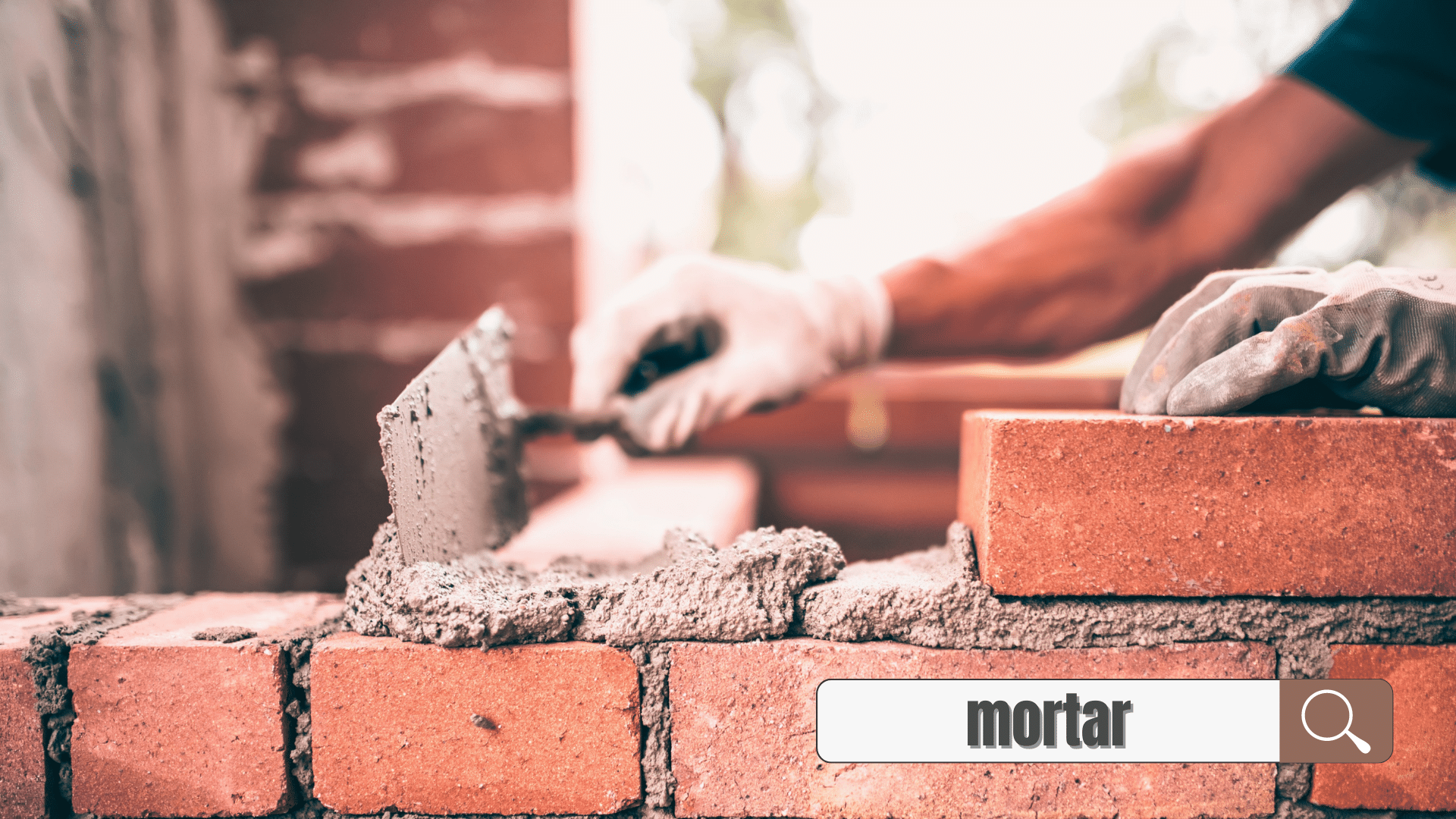Grout and mortar are popularly used in most masonry and tile work. These cement-based products are a must-have for any standard home improvement project!
Although grout and mortar are similar in that they’re both cement-based products, they have different uses, water quantity added to the mix, and properties (size of aggregates such as stone and sand).
Using one instead of the other may compromise the structural integrity of your project or lead to further damages. That said, it’s crucial to understand the main differences between grout and mortar to use the right product for your project.
Grout vs. Mortar: An Overview
It’s common for terms such as grout and mortar to be pretty confusing to the average DIYers. Some may even consider them the same messy substance used in masonry to bind objects together or give you an even, flat surface.
These terms are often used interchangeably and inaccurately. However, grout and mortar refer to two different materials.
What is Grout?
Grout is a highly dense material that can easily flow into wall crevices and the in-between of tiles. (Related: Tile Installation: A Cost & Consumer Guide)

Grout Varieties
Grout varieties include epoxy and resin. But for standard residential applications, you will only need to look at sanded and unsanded grout.
Keep in mind that the purpose of grout isn’t like an adhesive to bind structures together. Instead, think of the material as a filler to efficiently fill gaps and holes.
It is also available in several colors to match your decors– such as tiles or any kitchen interior design. As it has ample water, grout is not ideal for binding bricks and stones. Doing so may only become dangerous to you and the dwellers in your building.
What is Mortar?
Mortar is popularly used in modern construction, serving as a binding agent for masonry materials. It is made of cement, mixed with fine sands and water.

Another notable material added to mortar is lime– which increases its durability. Once mortar hardens, it’ll be difficult to destroy the material, at least until once it starts to wear out.
This building material binds quite well on the trowel before being applied between bricks to hold them together. Notably, mortar has a low water to cement ratio, stiff when applied. For flooring use, mortar serves as a bed where the tiles sit. It holds the tiles firmly in place.
Note: If you add large water amounts, the adhesiveness of mortar may only be compromised.
You can purchase mortar in bags (dry premixed form) which you can easily mix with water. Ensure to choose the right mortar type for your project– some mortar variations may be too complicated and may crack when misused.
Types of Mortar
Generally, there are five available types of mortar, each containing different materials.
The Key Differences of Mortar and Grout
Let’s discuss the critical differences between mortar and grout.
Water Amount
Grout requires large water amounts, as it is made of cement, sand, and water. Other grout types may contain finer silica sand to improve its strength when applied on crevices and gaps.
Meanwhile, mortar only requires a small amount of water in the mixture. The low water to cement ratio reinforces its paste qualities. As such, it adheres well to a trowel and can be applied to certain materials to bind it together.
Note that excessive water amounts on mortar may compromise its paste qualities. As a result, it may drip on the trowel.
Ideal Applications
Both construction materials are often used in various home improvement projects. Mortar is best for sticking two structures together. After a while, mortar dries and hardens (which takes 25 years and more) before you’ll need replacement. A mortar bed also serves as an excellent tile bed for tiles.
In contrast, grout is applied in between tiles to protect them from water penetration damage and keep them together for a long time. Grout is also known to dry and harden, although it’s not as stiff as mortar. It may also be applied to steel to fill in any gaps.
Stiffness
As previously mentioned, grout is less stiff than mortar. Since it is made of cement, sand, and large amounts of water– it can flow easily. You may even apply it without a trowel since it flows readily into the crevices and gaps.
Between sanded and unsanded grout, sanded grout is known to be stiffer. On the other hand, mortar is stiffer as it is made of cement, lime, and sand, with less water. As such, it is commonly used to bind bricks for large buildings. Mortar cannot flow readily into the gaps with its low viscosity, unlike grout.
A Brief Summary of Grout vs. Mortar
Now that we’ve covered pretty much everything you need to know about grout vs. mortar, here’s a quick rundown for your reference.
If you are still undecided about using grout or mortar for your next home improvement project, consult a professional for expert advice.
Frequently Asked Questions (FAQs)
What are the different types of grouts available?
These are the three available types of grouts to choose from: Sanded grout is ideal for grout with large joints (1/8 “ or greater). However, marble is an exception because sanded grout may scratch it; Unsanded grouts are the ideal choice for smaller grout joints (⅛” or less); Epoxy grout is ideal in specific areas like countertops, outdoor patios, waterline pool tile, and pool deck.
What is mortar used for?
When building structures and walls, mortar is applied for binding blocks, bricks, and stones.
How long should the grout dry up?
It takes planning for the joint to dry at the right time. Joints may flush out if premature cleaning is done on freshly grouted surfaces and scratch tile surfaces due to abrasive particles. The manufacturer typically determines the joint drying time, usually 24 to 48 hours.
